8 September 1778 Tuesday
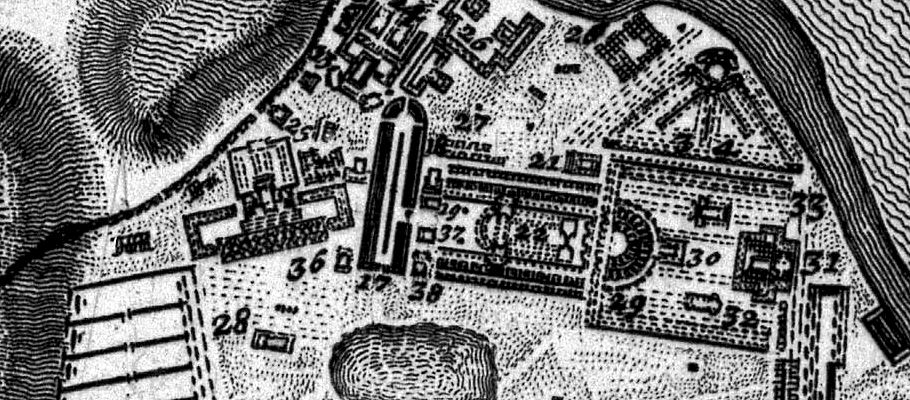
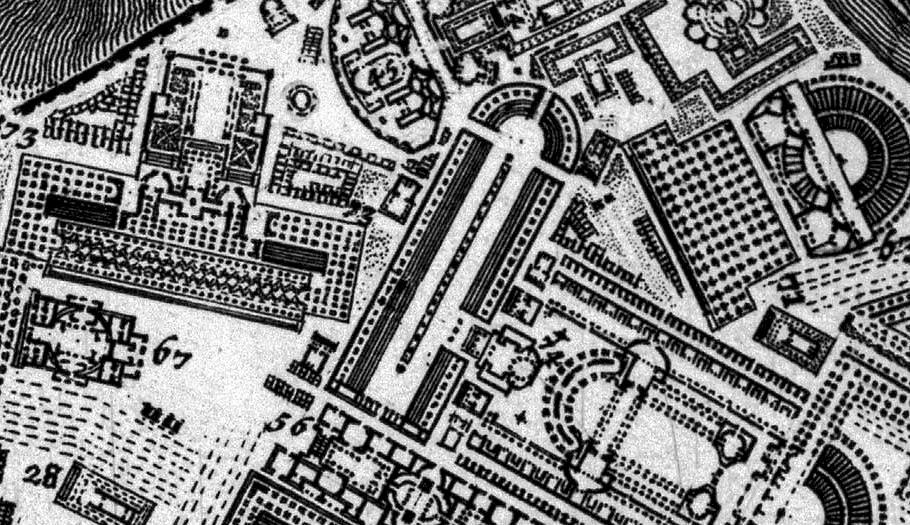
And yet another problem: The Circus Flaminia plan appears in two of the Campus Martius development plans. Erasing them from and redrawing them within the copper plate is a tiny job, and that task will be done after the redesign of the larger Circus Flaminius plan is complete.
Artifacts of the Bianconi vs Piranesi 'Circus of Caracalla' affair 1772-1789
. . . . . .
47 y.o. Francesco Piranesi 1805
Le Antichitŕ della Magna Grecia Parte II
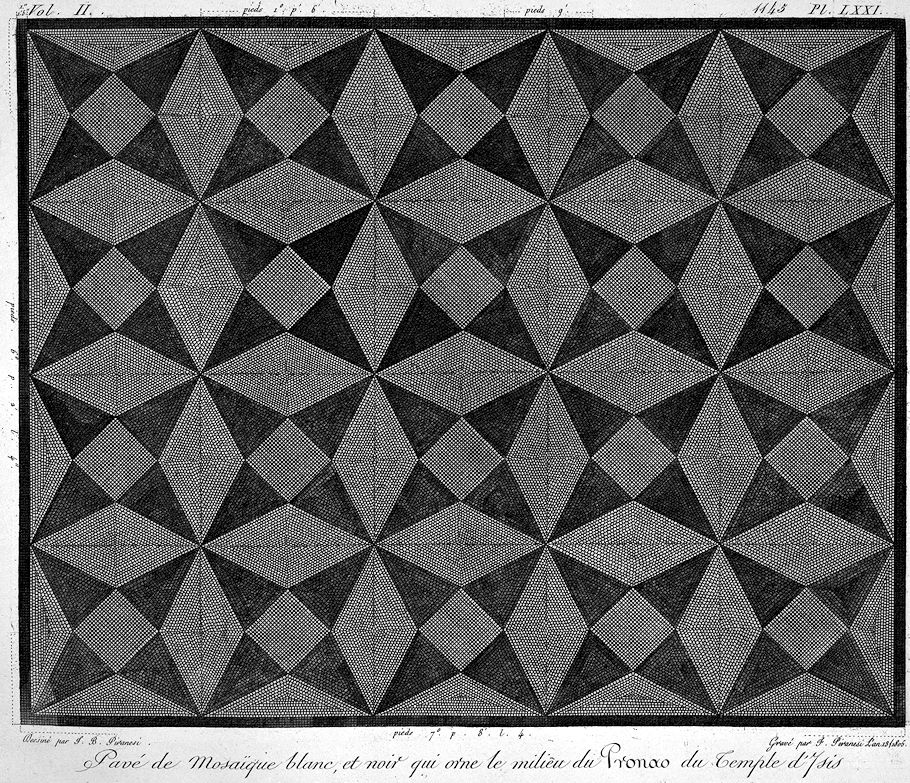
White and black mosaic pavement that adorns the middle of the Pronao of the Temple of Isis.
Drawn by G.B. Piranesi
Engraved by F. Piranesi Year 13 (1805)
8 September 1812 Tuesday
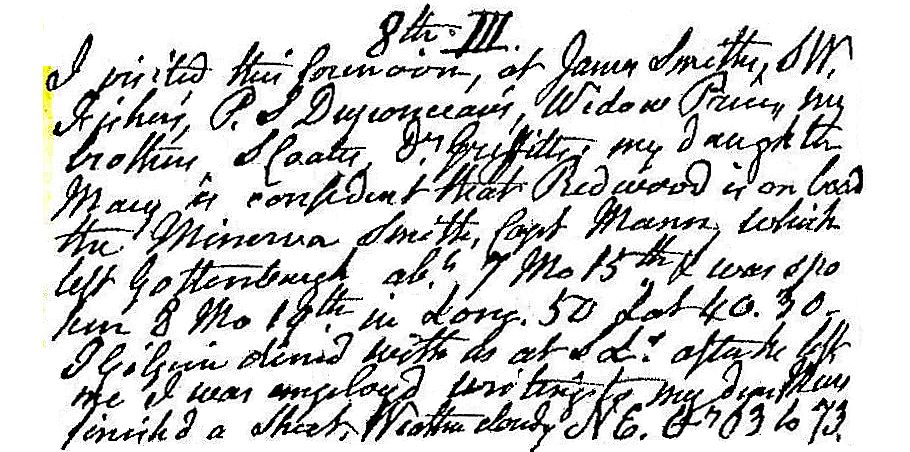
I visited this forenoon, at James Smith's, SW Fisher's, PS Duponceau's, Widow Price's, my brother, S. Coate's, Dr. Griffith's. My daughter Mary is confident that Redwood is on board the Minerva Smith, Capt. Mann, which left Gottenburgh about July 15th and was spoken August 19th in longitude 50, latitude 40.30. T Gilpin dined with us at SL's. After he left me I was employed writing to my dear Miers, finished a sheet. Weather cloudy, NE, temperature 63 to 73.
8 September 2001
Re: Sarcophagi
I do not have information on the Constantine and Julian sarcophagi, but two closely related sarcophagi are in the Greek Cross gallery of the Vatican Museum, namely, the sarcophagus of Helena (Constantine's mother) and the sarcophagus of Constantina (Constantine's daughter, and Julian's sister-in-law -- Julian was married to Constantine's youngest daughter Helena). It appears that Helena, Constantina, and Fausta and Crispus comprise at least the few (or only?) members of Constantine's family that were not buried at Constantinople.
Helena was buried at Rome in what is today called the Tor Pignattara. Constantina too was buried at Rome in what is today Santa Costanza. Interestingly, I read a short webpage a couple of years ago that recent excavations and probes at Santa Costanza revealed a slightly earlier structure below Constantina's mausoleum (c. 354, now Santa Costanza). Both Helena's and Constantina's mausoleums were built co-joining original 'Constantinian' Basilicas, St. Petro et Marcello and St. Agnes respectively. Additionally, both basilicas, like all the original Constantinian churches of Rome with the exception of the first (today's St. John Lateran), were built over catacombs or cemeteries. With regard to the new discoveries at Santa Costanza, I wonder if the slightly earlier structure under Santa Costanza might be were Fausta (Constantine's damnatio memoriae[d] wife, and the mother of Constantina) was buried after her suspicious death likely near or at Rome sometime summer 326.
back to the Campo Marzio
Hello John [Wilton-Ely],
I trust you had a wonderful time in Italy, and that you're now back in England. I am very grateful for your sending me your paper on the Campo Marzio and Tafuri. It arrived here right around when you left for Italy, so I didn't email respond at that time. So, again thanks for your effort and kindness.
My work has somewhat shifted since our last email correspondences. Briefly, I'm working heavily on my theories revolving around the role of St. Helena (the mother of Constantine) within the Christian church building boom of the early 4th century. It was actually Piranesi and the Ichnographia Campus Martius that lead me to Helena and Rome's Pagan to Christian paradigm shift in general. I'm writing a lot to the lt-antiq (late antiquity) email list, and receiving much scholarly help and encouragement there.
Anyway, getting back to the two states of the Ichnographia, here are some further thoughts and questions:
1. I believe the first state is the plan as it is NOT published in books today. If you look at the smaller and earlier plans of the Campo Marzio within the plates prior to the Ichnographia, you will see earlier plans of the Circus Flaminius the same as the Circus Flaminus plan within the Univ. of Pennsylvania Ichnographia. Furthermore, the aerial view the circuses within the frontispiece depicting the Bustum Hadrian correspond in plan with the UofP Ichnographia.
2. I think the circus delineations of the second state (which are all virtually identical to each other) are in fact delineations based on the Circus of Maxentius (rather than the Circus Maximus). This is somewhat significant in that (according to my research and interpretation of the Ichnographia as a double narrative relating Rome's "inversion from pagan city to Christian city) Maxentius is exactly the ruler of Rome immediately prior to Constantine's Christian efforts. (I will soon upload at Quondam a paper I wrote and delivered at Brussels November 1999 on this pagan-Christian inversion issue).
3. via questions I raised at lt-antiq, I'm now quite knowledgeable of the practice of damnatio memoriae, and thus I now wonder if Piranesi purposefully 'erased' portions of the Ichnographia as a reenactment of the damnatio memoriae practice, and, like some extant examples of dm inscriptions, if he then purposefully followed up with a palimpsest (of another plan) over the erasure.
4. I realized that I have yet to see an actual print version of the second state of the Ichnographia. All I've ever seen is an actual first state (1761) version. Do you know if you've seen an actual eighteenth cent. print version of the second state? Moreover, did you happen to make a trip to Rome to see which state the actual engraved plates are in? It is the current state of the plates that would surely identify the second state (that is, unless someone long ago altered a reproduction, and it happens to be an altered reproduction that's been printed in books all these years).
5. I also believe that it was indeed Piranesi that made the changes. My main reasoning here is that Piranesi was very likely the only person that could have made the changes with such dexterity.
Let me know if you have any comments on these ideas, or if you've found out anything to enlighten the matter further on your own.
As to Tafuri, I have documented so many cases within the Ichnographia that carry explicit meaning and message on Piranesi's part, that all of Tafuri's theorizing that the Ichnographia is indicative of and/or precursor to the modern meaninglessness of architectural form is plainly and emphatically wrong. What Tafuri obviously never did, but definitely should have done, is translate all the Latin labels that Piranesi applies to virtually all the plans of the Ichnographia. It is only through reading the labels in tandem with the planimetrics that the full meaning of Piranesi's Campo Marzio comes through. In other words, all your suppositions as to the incorrectness of Tafuri's interpretation of the CM are right on target.
Hope to hear from you soon.
All the best,
Steve Lauf
8 September 2005
are the origins common ? can we prove it ?
I was yesterday thinking of the Villa Savoye as a museum, perhaps specifically a museum of Modern architecture even?
What seems to be most common among creation/origin myths is indeed duality. The first paragraphs of Genesis, for example, are replete with dualities, and the notion of (generally good and evil) twins is found in creation/origin myths from all over the globe.
Hadrian was born in Spain
Hadrian is often credited with being the 'architect' of the Pantheon. Should he then be considered a foreign architect as far as Italy is concerned?
Maxentius was perhaps born in Syria, like his mother Eutropia; his father Maximian was born in (today's) Serbia.
Constantine too was born in Serbia, although his mother Helena was born in (today's) Turkey.
The architecture of Eutropia and Helena had an astounding effect on Italy.
Hadrian was born in Spain
Hadrian had his tomb built because the tomb of Augustus had no more spaces left for an emperor.
Hadrian's Villa can also be seen as a "laboratory" of reenactment in that different parts of the villa are named for and perhaps even meant to evoke other places within the empire.
Check out the emperor Elagabalus as a latter-day Nero and then some. He had the Sessorian Palace built, which was a little Roman theme park in that besides the Palace there was also a circus and an amphitheater. What's left of the Sessorian Palace compound is at Santa Croce in Gerusalemme. A hundred or so years after Elagabalus, Helena took up residence at the Sessorian Palace.
8 September 2007
"The directional indices...
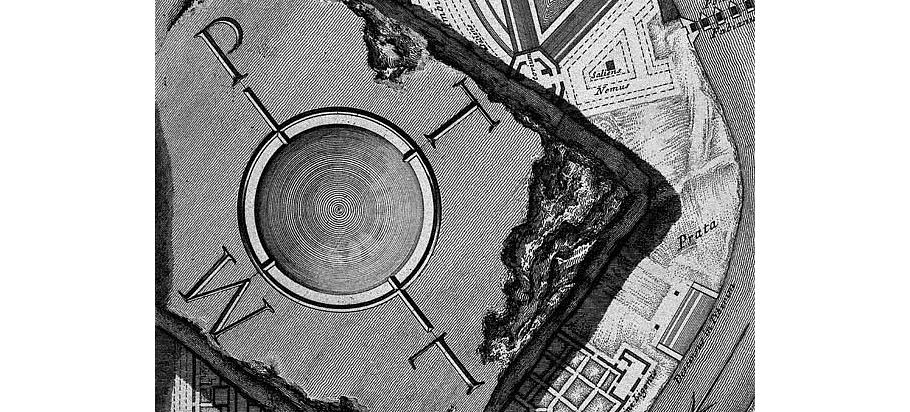
"The directional indices T-M-P-L suggest templa, however their use is fairly conventional. Tramontane, literally "between the mountains", is the name of the north wind or the north star as seen over the Alps. Meridióne is south, from the Latin meridianis for midday when Dianus, god of light and the sun, and male counterpart of Diana, is highest in the sky. Pončnte is west or the west wind, possibly from the Latin ponere "to put, or set down" in relation to the setting sun, while Levante is east, possibly from levare "to raise" in relation to the rising sun."
R. James Aitken, Piranesi-Vico-Il Campo Marzio: Foundations and the Eternal City.
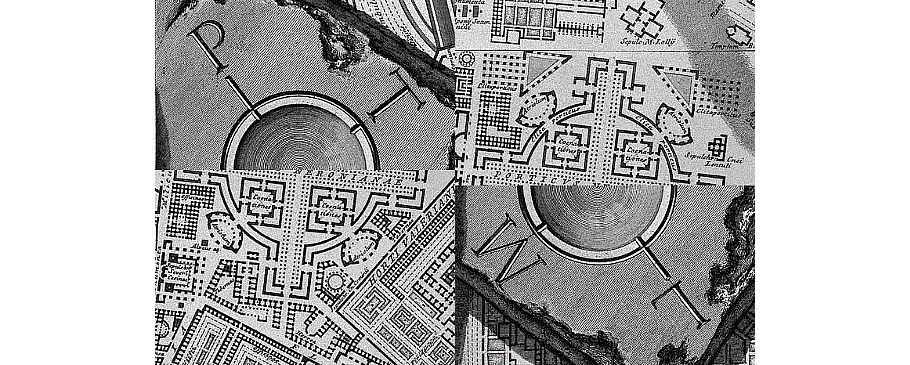
"...the inner circle of the Porticus Neronianae matches the circle of the compass/north arrow that Piranesi also delineated within the Ichnographia."
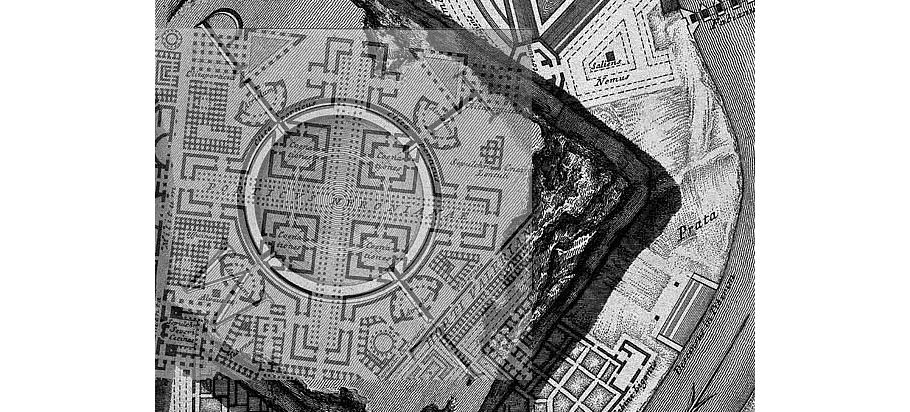
"The end of Livy Book 5 describes the rebuilding of Rome in the wake of the Gallic sack. The Romans were in a great hurry to rebuild, he writes, and for this reason there was no order to the new city, so that forma . . .urbis sit occupatae magis quam divisae similis, 'the arrangement of the city resembles that of a place taken over rather than portioned out'. Occupata here may be read as evoking Rome's recent occupation by the Gauls. Kraus draws our attention to Tacitus' reading of this Livian episode, which the latter author makes use of in his account of the destruction of Rome in the Neronian fire and the city's subsequent rebuilding. Tacitus' account presents Nero's fire as worse than the Gallic sack, for it causes destruction of monuments witnessing the origins of Rome. Rome is then rebuilt; large areas in the centre of the city are taken over for Nero's Domus Aurea. Nero's appropriation of the city is like that of a foreign enemy."
Catharine Edwards, Writing Rome: textual approaches to the city.
8 September 2013
What is talent?
(You could say) Talent is what makes hard work seem effortless.
8 September 2016
Most interesting suburbs?
Abington Township Top 100 Best Places to Live
I don't live in Abington Township, rather right next to it. Indeed, a greater portion of my recreation time is spent somewhere in Abington Township. Like just an hour ago I was biking the Pennypack Trail. And the 10th largest employer in Abington Township is the closest supermarket, where I'm going sometime in the next hour--I never thought it be such a pleasure going to the supermarket without ever encountering a traffic light and for the most part driving through the woods.
Most interesting suburbs?
They say Betsy Ross spent her summers in Abington Township, but they can also say Louis I. Kahn is spending the rest of eternity in Abington Township.
Most interesting suburbs?
...to Penn's surprise, the King granted an extraordinarily generous charter which made Penn the world's largest private (non-royal) landowner, with over 45,000 square miles (120,000 km2). Penn became the sole proprietor of a huge tract of land west of New Jersey and north of Maryland, and gained sovereign rule of the territory with all rights and privileges (except the power to declare war).
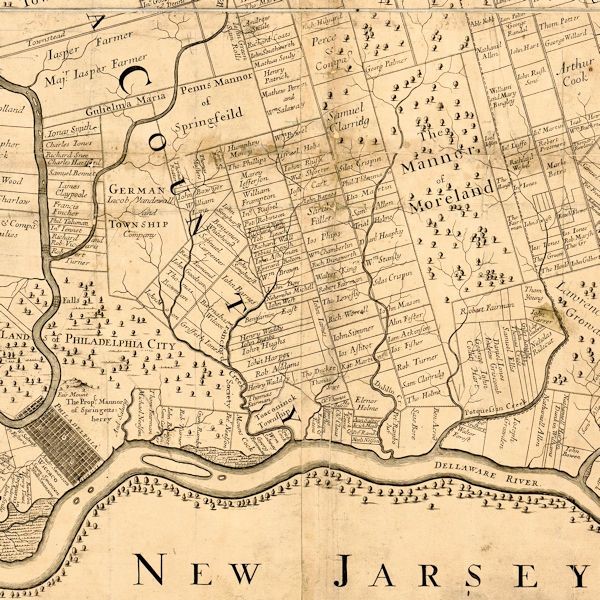
Before William Penn even came to the New World in 1682, he was already selling Pennsylvania land in England. The first map of Pennsylvania, circa 1687, is a detailed delineation of waterways and property lines along with the names of who owned what.
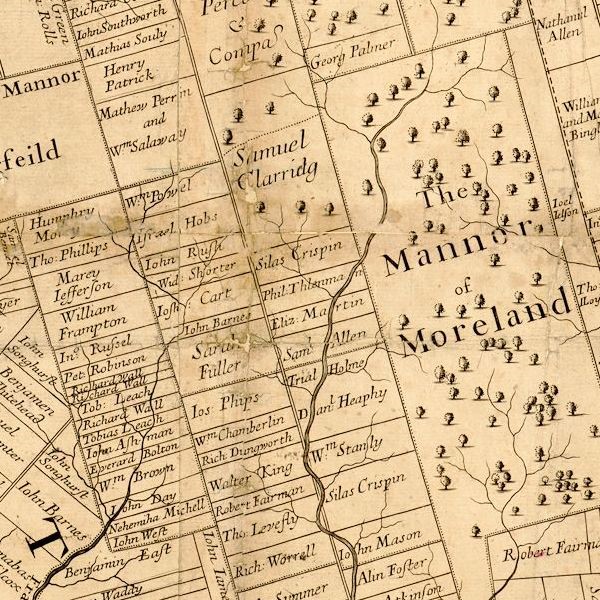
The double line running lower center right to upper center left is the planned Susquehanna Road (which was to connect the Delaware and Susquehanna Rivers). The Mannor of Moreland became what is today Upper Moreland and Lower Moreland Townships with Bryn Athyn and Hatboro. The strip of parallel tracts of land running from John West at the bottom to Humphrey Mo(?)y at the top became what is today Cheltenham Township. And the strips of parallel tracts of land either side of Susquehanna Road running from Walter King and William Stanly at the bottom to William Powel to Samuel Clarridg at the top became what is today Abington Township.
It is easy to see that many of the major streets of Cheltenham and Abington Townships started as property lines on the 1687 map.
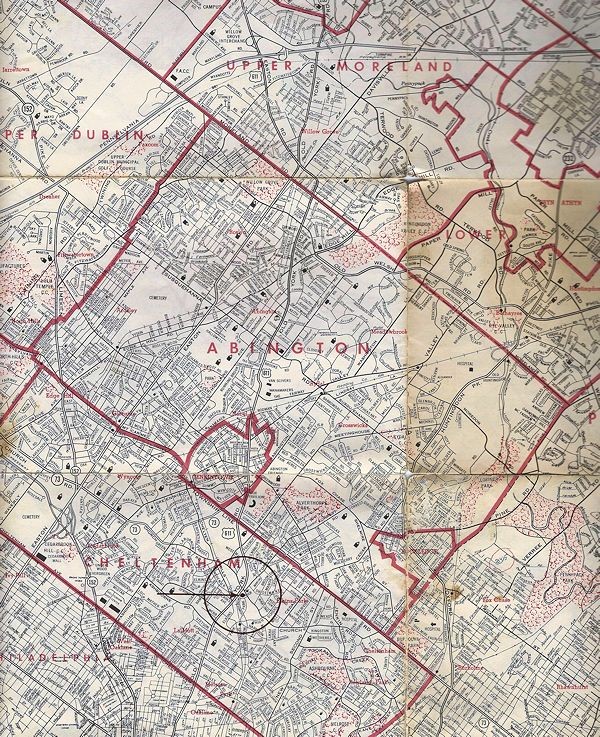
What's interesting here, however, is that two of the major traffic arteries of Abington Township today, namely Old York Road and Huntingdon Pike, exist without any indication on the 1687 map, yet these arteries were already in existence well before the 1687 map because they are actual "Indian" trails. In fact, there are four "Indian" trails that still run through Abington Township: Old York Road, Huntingdon Pike, Old Welsh Road and Limekiln Pike. And possibly a fifth, Jenkintown Road.
8 September 2017
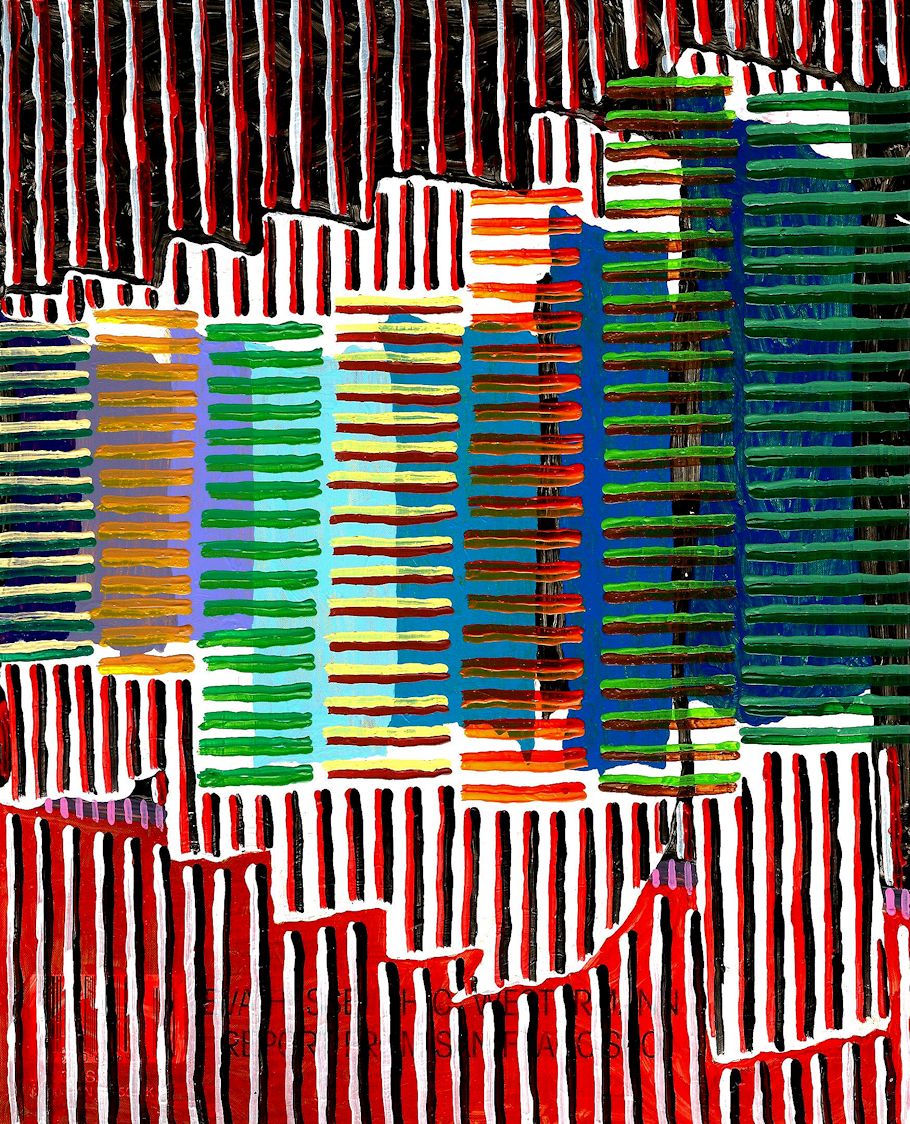
zero eight seven

zero eight eight
8 September 2022
Death of Queen Elizabeth II.
-----
Read in the evening:
"Discussions of the drawings of Giovanni Battista Piranesi have invariably been prefaced by a statement of their rarity, a rarity that has always appeared paradoxical in view of the enormous graphic productivity of the great eighteenth-century etcher. Considering that the artist etched more than a thousand plates, many of them oversize, and that in numerous instances the plates must have entailed more than a single preparatory sketch, the number of his surviving drawings has appeared curiously out of proportion even when allowance was made for the scrapping of working drawings and the inevitable toll of the passing centuries. Consequently, there has always been speculation that eventually more of the drawings might come to light."
Felice Stampfle, Giovanni Battista Piranesi: Drawings in the Pierpont Morgan Library (New York: Dover Publications, Inc., 1978), p. ix.
This reminds me of Mario Bevilacqua's ending of "Piranesi 1778. Ricerche Interrotte, Opere Perdute:"
"It would be fascinating to think that even a small part of this material, [the inventory of 1800,] of which we know only a few fragments today, may not have been totally lost; and not only the drawings and manuscripts of works designed and never completed, but also the trunk with two hundred folders of "various manuscripts ... works of great erudition ... which he had not yet published," in addition to "all the correspondence and other papers ... which concerned the house and the calcography"--correspondence, accounting, orders and shipments of extraordinary creativity and entrepreneurship."
I wonder if a thorough search through the archives of Luigi Canina or Rodolfo Lanciani would disclose material of Piranesian origins.
8 September 2023 Friday
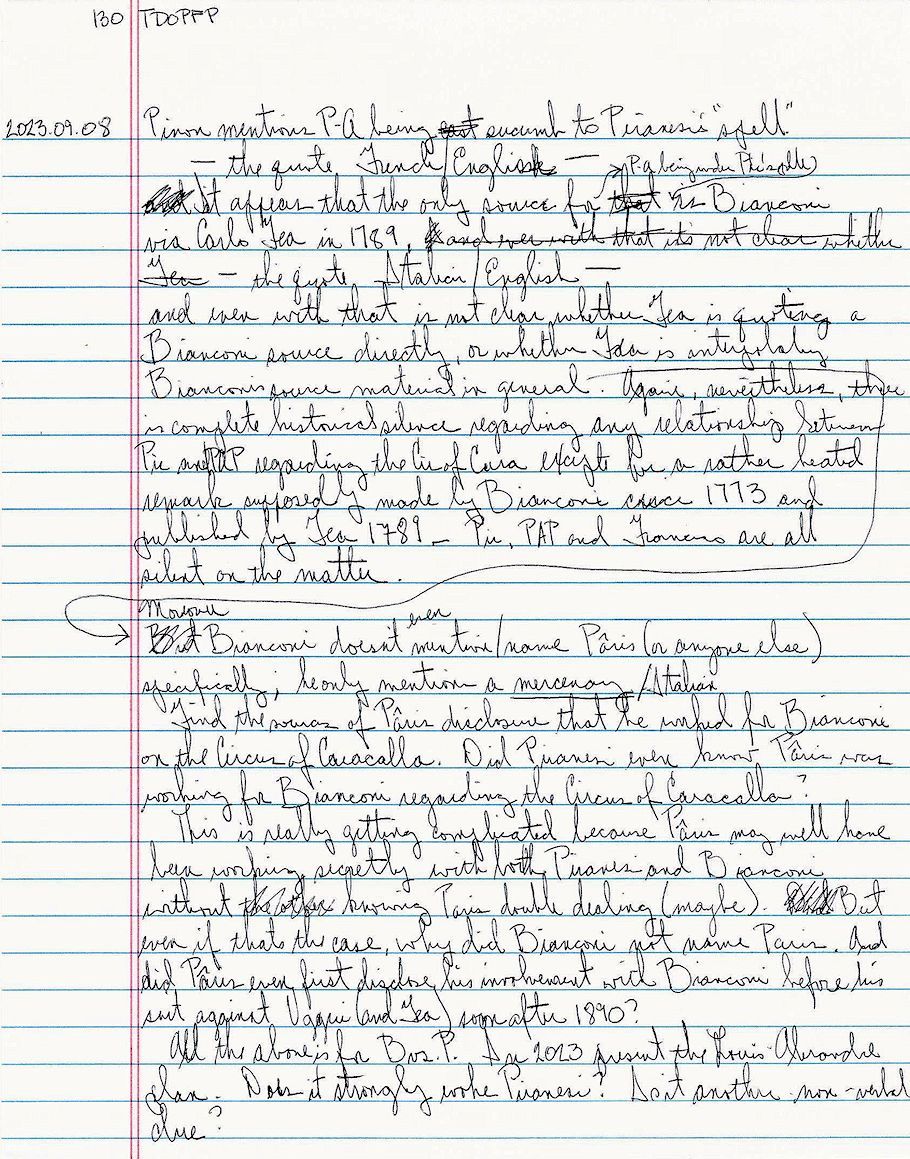
[I never found Pinon's mention of "Pierre-Adrien Pâris being succumb to Piranesi's spell." I think my mind just imagined it.]
|